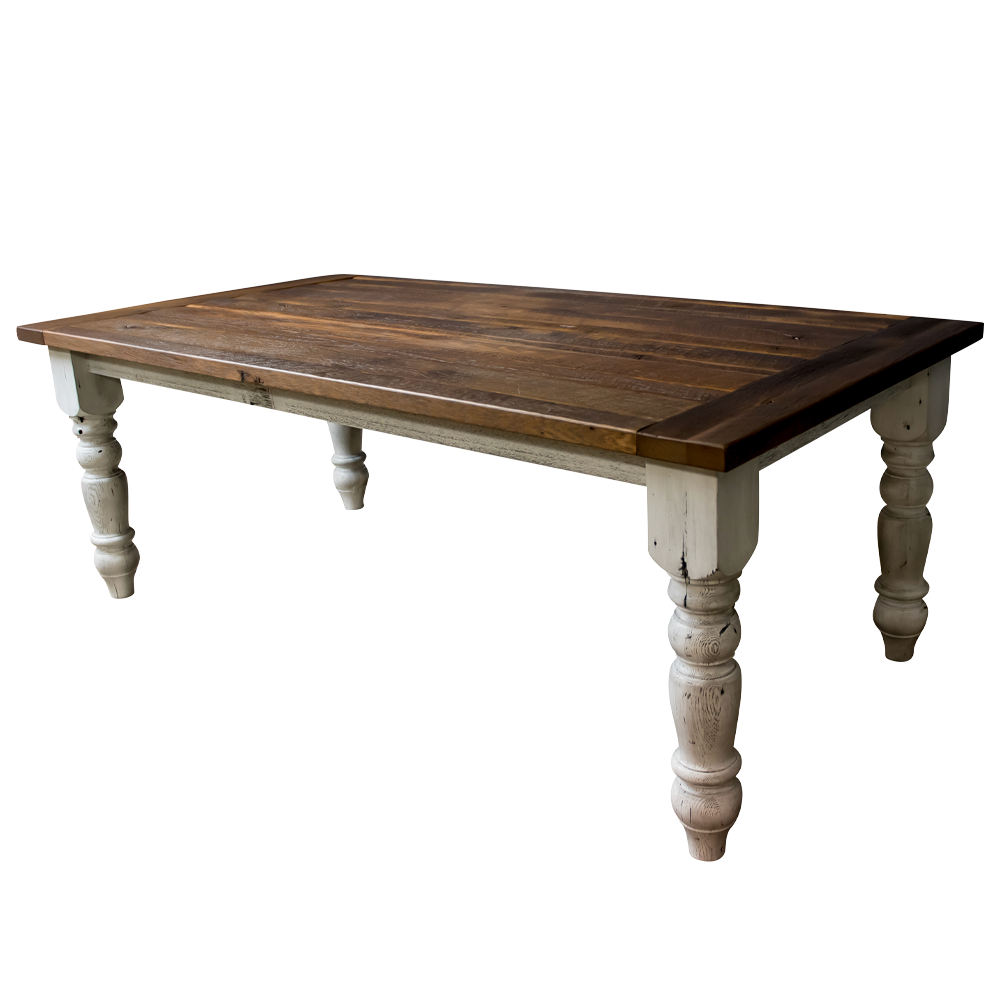Important Factors To Consider for Selecting the Right Table Legs Wood
Choosing the appropriate wood for eating table legs involves a nuanced understanding of various factors that influence both functionality and aesthetic allure. The selection of timber kind, varying from robust hardwoods to much more delicate softwoods, plays a pivotal role in ensuring durability and stability. Each of these components can dramatically influence the total experience of your dining space.
Importance of Timber Kind

Hardwoods, such as oak, walnut, and maple, are frequently chosen for their strength and resistance to wear. These kinds of timber supply a durable foundation that can endure daily use, making them ideal for eating tables that experience regular events. In contrast, softer timbers like ache might be much more vulnerable to scrapes and dents, which may not be ideal for high-traffic locations.
Additionally, the option of wood can likewise impact the simplicity of maintenance. Some timbers call for regular oiling or sealing to preserve their look, while others may be much more flexible. Inevitably, choosing the appropriate timber type involves stabilizing aesthetic factors to consider with functional requirements, ensuring that the eating table legs not only look enticing however also stand the examination of time.
Examining Stability and Toughness
When assessing eating table legs, one should consider the security and strength they give to the general framework. The legs are important in supporting the table top and ensuring the eating experience is enjoyable and risk-free. A secure table is vital for preventing wobbling or tipping, which can lead to spills or mishaps during dishes.
The selection of wood kind significantly affects toughness. Hardwoods such as walnut, oak, and maple are generally a lot more long lasting and durable than softwoods like pine or fir. Furthermore, the density and layout of the legs play a vital duty; thicker legs or those with a tapered design can use far better assistance and stability.

Visual Considerations
While performance is extremely important, the aesthetic charm of table legs can not be overlooked, as they dramatically affect the overall style and atmosphere of the eating space. The choice of coating, design, and wood can boost or take away from the table's visual impact.

Surfaces additionally play an essential function in appearances. A natural surface can highlight the timber's inherent beauty, while painted or discolored legs can present shade and personality into the area. The proportion and range of the legs loved one to the table top and bordering furnishings has to be considered to guarantee visual balance and cohesion.
Eventually, the table legs ought to not only offer a useful objective but also contribute to a cohesive and welcoming ambience, making them a vital factor to consider in the overall layout of the dining location.
Maintenance Demands
To make sure click this site longevity and preserve the charm of wooden dining table legs, regular upkeep is essential (Dining Table Legs Wood). Timber is an all-natural product that can be prone to harm from wetness, heat, and wear. Therefore, developing a regular care plan will significantly enhance the resilience of your dining table legs.
Begin with routine dusting making use of a soft, lint-free fabric to eliminate dirt and particles that can scrape the surface. For even more extensive cleaning, make use of a moderate soap solution and damp towel, preventing excess moisture that can leak into the timber. It is recommended to use a high-grade timber polish or conditioner every couple of months to nourish the timber and preserve its luster.
In addition, think about the environment where the table is put. Avoid straight sunlight, as it can trigger fading, and use rollercoasters or placemats to secure the surface from warm and moisture. Attend to any scrapes or damages quickly with ideal wood filler or touch-up pens to avoid further damage. By adhering to these upkeep needs, you will not just preserve the aesthetic allure of your wooden table legs yet also prolong their useful lifespan.
Budget and Cost Factors
Budget and price factors regularly play a vital duty in the decision-making procedure for picking wooden dining table legs. When assessing choices, it is necessary to develop a clear spending plan that straightens with your general furniture investment. The cost of wooden table legs can differ dramatically based upon the sort of timber, layout, and craftsmanship intricacy.
Hardwoods such as cherry, oak, and walnut normally command higher rates because of their sturdiness and aesthetic allure. In comparison, softer woods like pine might be much more economical but could not use the same long life. Furthermore, custom or artisan-crafted legs can sustain additional prices, showing the skill and time purchased their creation.
It is additionally crucial to consider the possible long-term worth of your investment. While selecting lower-cost materials could seem economically prudent at first, they may need more regular substitute or repair work, inevitably enhancing total expenditure.
Therefore, balancing top quality and cost is crucial. Prioritize products click here for info that fulfill your aesthetic choices while guaranteeing they fit conveniently within your spending plan, allowing you to produce an eating area that is both practical and aesthetically appealing.
Conclusion
In final thought, choosing the suitable wood for dining table legs necessitates careful consideration of various elements, including wood type, security, aesthetics, maintenance, and spending plan. Inevitably, an educated choice will certainly improve the longevity and visual allure of the eating table, making sure fulfillment and performance for years to come.
Choosing the right kind of timber for dining table legs is essential for both aesthetic allure and architectural stability. Ultimately, picking the ideal wood type entails stabilizing aesthetic factors to consider with functional demands, ensuring that the eating table legs not only look appealing yet likewise stand the test of time.
It is suggested to use a premium wood gloss or conditioner every few months to nurture the wood and maintain its appeal.
The expense of wood dining table legs can differ substantially based on the type of timber, craftsmanship, and design intricacy.
In final thought, selecting the proper timber for dining table legs demands cautious factor to consider of various variables, including timber type, stability, appearances, maintenance, and spending plan.
 Ariana Richards Then & Now!
Ariana Richards Then & Now! Jason J. Richter Then & Now!
Jason J. Richter Then & Now! Joshua Jackson Then & Now!
Joshua Jackson Then & Now! Mackenzie Rosman Then & Now!
Mackenzie Rosman Then & Now! Megyn Kelly Then & Now!
Megyn Kelly Then & Now!